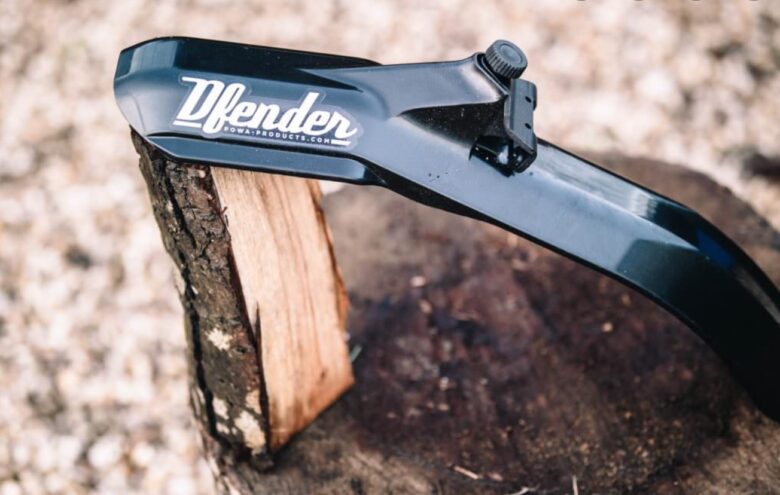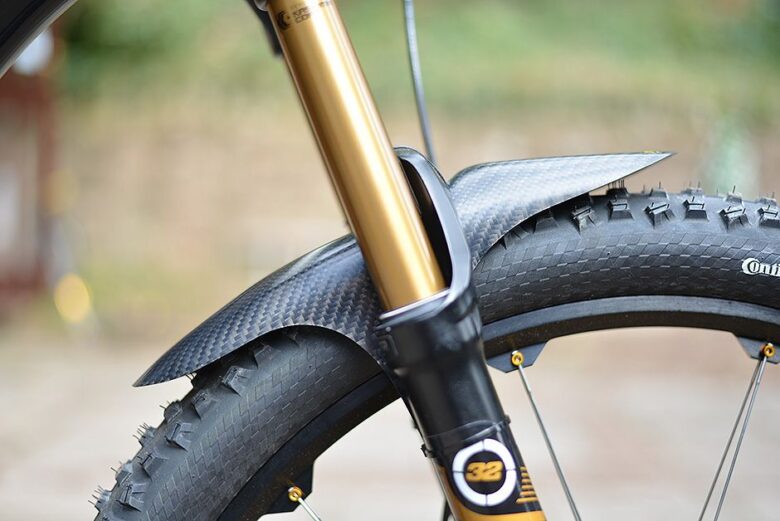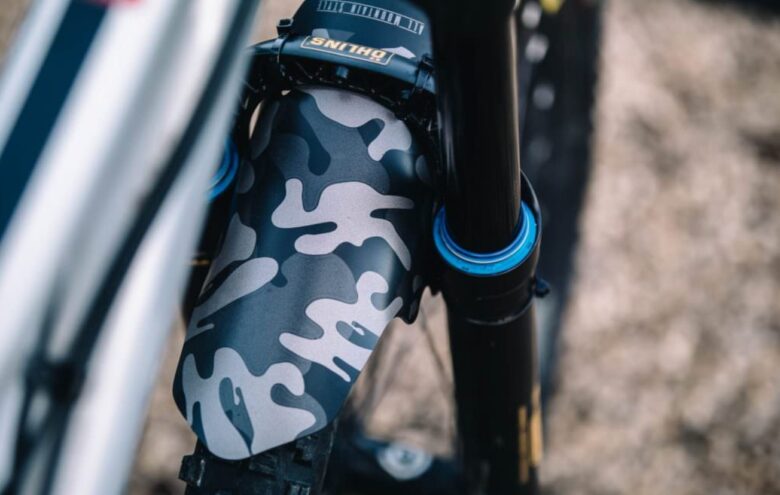Anyone who has ever been out riding in the rain knows how messy a mountain bike trail can get. Riding with rear mudguards can help keep you clean and dry, but what many people don’t realize is that they also reduce the risk of getting tangled with other trail users.
Contents
What is a Mudguard?
A mudguard is a piece of equipment that attaches to the frame just in front of the rear wheel. It’s essentially a large, flat piece of plastic or metal that hangs down from the frame and helps keep dirt and mud from getting onto your saddle and bum. They are a great way to stay clean while biking, but they can also be a little tricky to use.

Source: connect-summary.com
Why Do I Need Mudguards?
Mudguards are especially important when riding in wet conditions. When you’re riding in rain or snow, water can quickly seep from the gap between the wheel and tire into the space between the frame and seat. It’s not good for your bike trip.
The Purpose of a Mudguard: Who is It Good For?
MTB rear mudguard also popular with mountain bikers as they protect the rider from getting dirty and dirty while riding in rough conditions. Also protects against water droplets that could be kicked up by the bike wheels. Mountain bikers who ride in wet conditions especially benefit from the use of mudguards. By keeping rain and snow off your back, they reduce the chance of getting wet and cold. Additionally, riders who use mudguards often find that they spend less time cleaning themselves up after a ride because most of the debris picked up by the bike is thrown away by the mudguards. Plus, they help keep you cool by deflecting some wind. They’re also lightweight and easy to install, so you can hit the road in no time without waiting for your gear to dry.
Mudguards are also beneficial to other cyclists riding in similar conditions. When riding with others, it can effectively prevent the dirt splashed by others when riding.

Source: fderechoydiscapacidad.es
How to Choose a Mountain Bike Rear Mudguard?
Rear fenders come in many shapes and sizes, but the most common design is a short, wide shroud that attaches to your bike via straps or brackets. Many models have pockets for rain or snow pants, and some have built-in lights or horns.
But most mountain bikers prefer fenders that cover most or all of the wheels. It’s just that the smaller fenders fit the smaller wheels, and the bigger ones fit the bigger wheels. You can choose between a rear fender that attaches to the frame using a bracket, or you can buy a rear fender that attaches to the rear wheel. The main difference between these two options is size. Bracket fenders are usually smaller and designed for light bikes. On the other hand, the fenders are larger and designed for heavier bikes. They also come in different styles, with simple or complex designs.
The most important thing to consider when choosing a rear fender is size. Make sure the fenders are large enough to cover the tires and fenders at least half of the wheels. Also, make sure the accessory type and style match your bike frame and accessories. Most rear fenders fit bikes with a 26-inch or 29-inch wheelbase. If you have a wider frame or ride a bigger bike, you may want to look for a taller or wider model. If you’re not sure which option is best for you, ask an expert before buying.
How to install your Mudguard
If you’re looking to install your own mudguard, there are a few things you’ll need to do. First, you’ll need to gather the materials you’ll need. You’ll need a drill, screwdriver, measuring tape, level, and of course the mudguard itself. Once you have all of your materials, it’s time to get started. First, you’ll need to measure the width of your wheel well. This will determine how wide your mudguard needs to be. Next, you’ll need to mark where you’ll be drilling holes for the screws. It’s important to make sure that these holes are level, so use a level when marking them. Once you have your holes marked, drill them out. Now it’s time to install the mudguard. Line it up with the hole you just drilled and screw it into place.

Source: enduro-mtb.com
How to Clean Your Fenders
To clean the fenders, you need to remove them from the bike. First, remove any mud or debris from the fenders. Next, use the hose to spray the fenders. Make sure to get all the nooks and crannies. Finally, dry the fenders with a clean cloth. If you have any stubborn dirt, you can use a brush to remove it. When you’re done cleaning, make sure to dry the fenders completely before putting them back on the bike.
Shortcoming
Using a rear fender on a mountain bike has several disadvantages: If a rider falls while riding with the rear fender, he is more likely to be seriously injured by impact with the ground or other riders.
The second downside is that when riding with the rear fenders, it can be hard to see what’s behind you. This can lead to a dangerous situation where the rider doesn’t realize someone or something is behind them until it’s too late. Also, if there is debris or snow on the ground in front of the rider, it can be hard to avoid hitting it without taking your eyes off the trail. The rear fender also makes changing a flat tire more difficult. You have to remove the wheels first, which can be time consuming and dangerous if there is ice or snow on the ground.

Source: roadcyclinguk.com
Conclusion
Fenders are a great way to stay clean on the road, but they can also be bulky and take up a lot of space. There are pros and cons to everything, and it’s up to you to decide.
